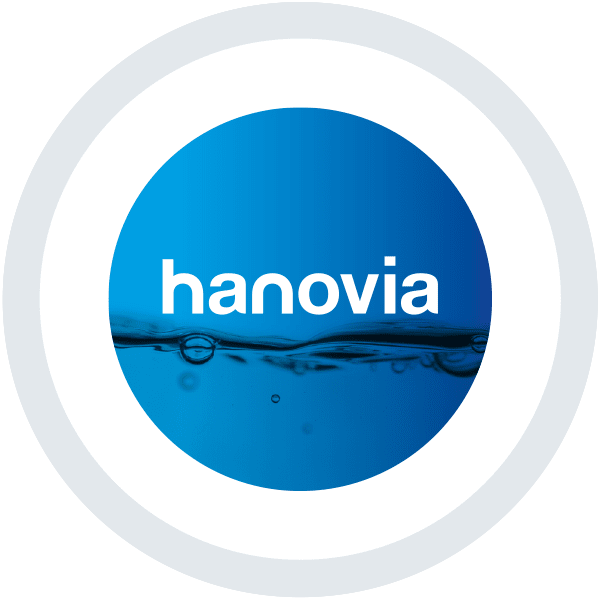Why is it important to have a properly validated UV water disinfection system?
by Bob English

UV light, especially in the wavelength range of 200-280 nm, is well documented to provide excellent water disinfection. So, with the technology seen to be so effective, why might it be important to have a UV system validated?
As you might expect, most of the studies on UV disinfection have focused on its antimicrobial effectiveness rather than the standardization of delivering UV energy to the process flow stream. Since UV energy is an electromagnetic radiation, it can be measured by UV intensity sensors positioned in a UV system. But how does UV intensity, or the resulting UV fluence, translate into the actual antimicrobial function of each UV system design? https://ascelibrary.org/doi/10.1061/%28ASCE%290733-9372%282003%29129%3A3%28209%29
To further complicate this question, changes in lamp lifecycle output, clarity of the quartz sleeve that the lamp’s energy passes through, location and type of UV sensor, flowrate through the system, and UV transmittance (https://www.aquionics.com/main/blog/options-for-measuring-uv-transmittance/) are just some of the primary variables associated with the antimicrobial function of the UV energy. Without a protocol that standardizes the relationship between UV antimicrobial activity, specific UV systems and all of the highly dynamic UV intensity variables, it would be impossible for a designer or customer to know how a specific UV disinfection system would perform in their process water system.
There have been many UV disinfection models proposed that have attempted to correlate the UV intensity data of a specific system with its corresponding antimicrobial activity. The success of these models has varied significantly. As might be expected, these models provide varying degrees of relevance to the different types of applications for UV systems. The best models for municipal and most industrial applications are UVDGM, DVGW and NWRI. These scientifically sound and most widely accepted correlation models are built on reproducibly measurable UV energy and laboratory quantified antimicrobial activity.
All of these regulatory conventions include highly codified validation protocols, which have parallel UV specific bioassays and standardized microbial reductions under a set of standardized changing conditions. This enables algorithms to be generated that represent a UV dose construct for each specific UV disinfection system. That UV dose construct provides the designer and customer with a way to determine the expected antimicrobial activity of a UV system for their specific application and conditions.
Each UV system validation is the result of many hours of extremely standardized, multi-laboratory and computational modelling, performed by highly qualified professionals in challenging biohazard environments. Validating a UV disinfection system is therefore an expensive task and not something that any system designer or customer should consider.
https://nepis.epa.gov/Exe/ZyPDF.cgi?Dockey=600006T3.txt
https://www.dwi.gov.uk/stakeholders/guidance-and-codes-of-practice/uv-irradiation.pdf
https://nwri-usa.org/documents/UVGuidelines3rdEdition2012.pdf
It’s important to understand that a UV system providing a validated UV dose is very different from lesser UV systems, which are essentially just a `light in a pipe’ or a `light in a channel’, until proven otherwise. Even in the pharmaceutical and life science industry, where all critical systems must go through `Installation Qualification’, `Operational Qualification’ and `Process Qualification’ (IQ/OQ and PQ) validation, it is imperative that they demand Factory Acceptance testing and Master Validations from system component vendors. This will then provide assurance that all system functions, that are unlikely to be evaluated or systematically proven during the IQ/OQ/PQ process validation, have been tested and documented beyond reproach. For UV disinfection systems, this market entry level requirement must definitely include providing UV validation with proven pathogen challenge disinfection documentation. Since it is extremely expensive, dangerous and cost prohibitive for either the designer or customer to take on this primary UV disinfection system manufacturer responsibility, it is imperative that the market demands non-bias, third-party UV validation. This would be using one of the universally accepted standard validation protocols as the minimum entry into the disinfection system market.





 沪公网安备 31011202013557号
沪公网安备 31011202013557号